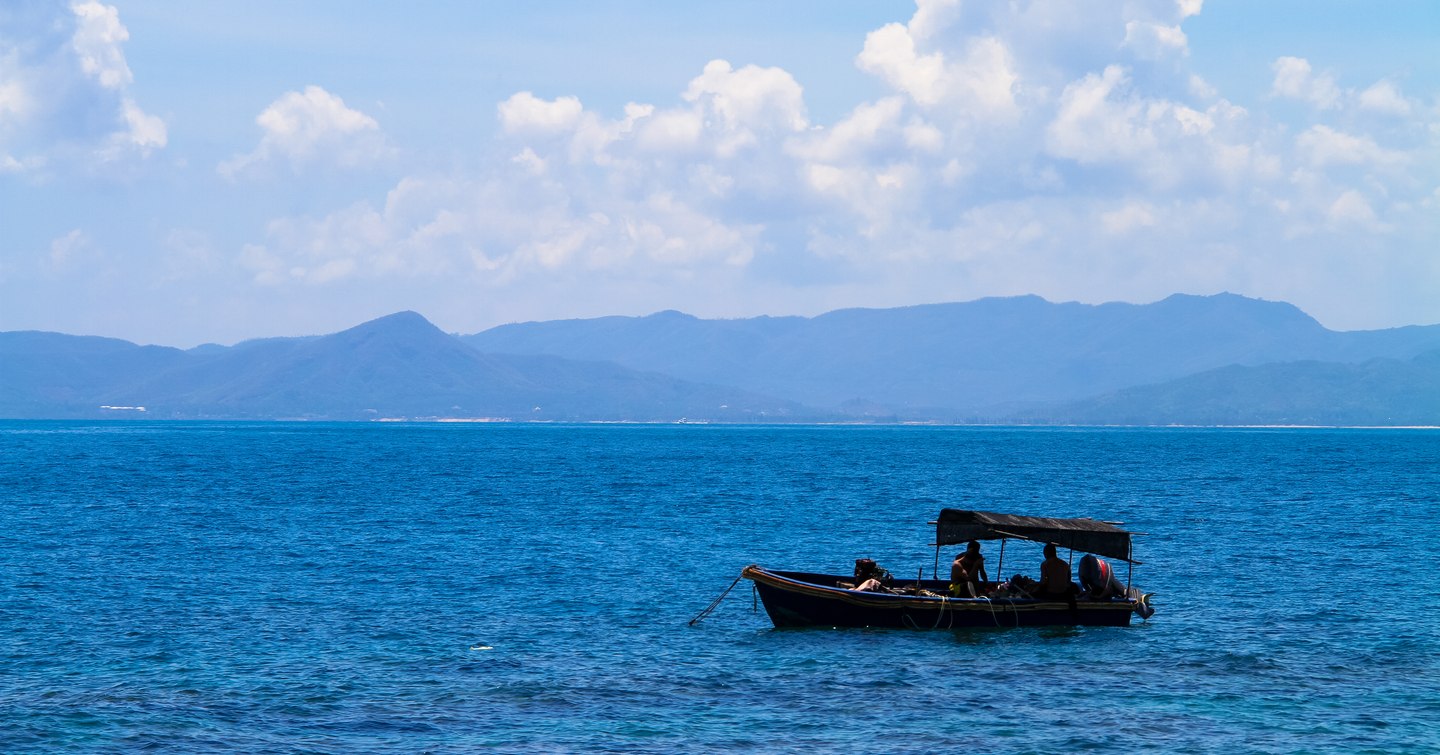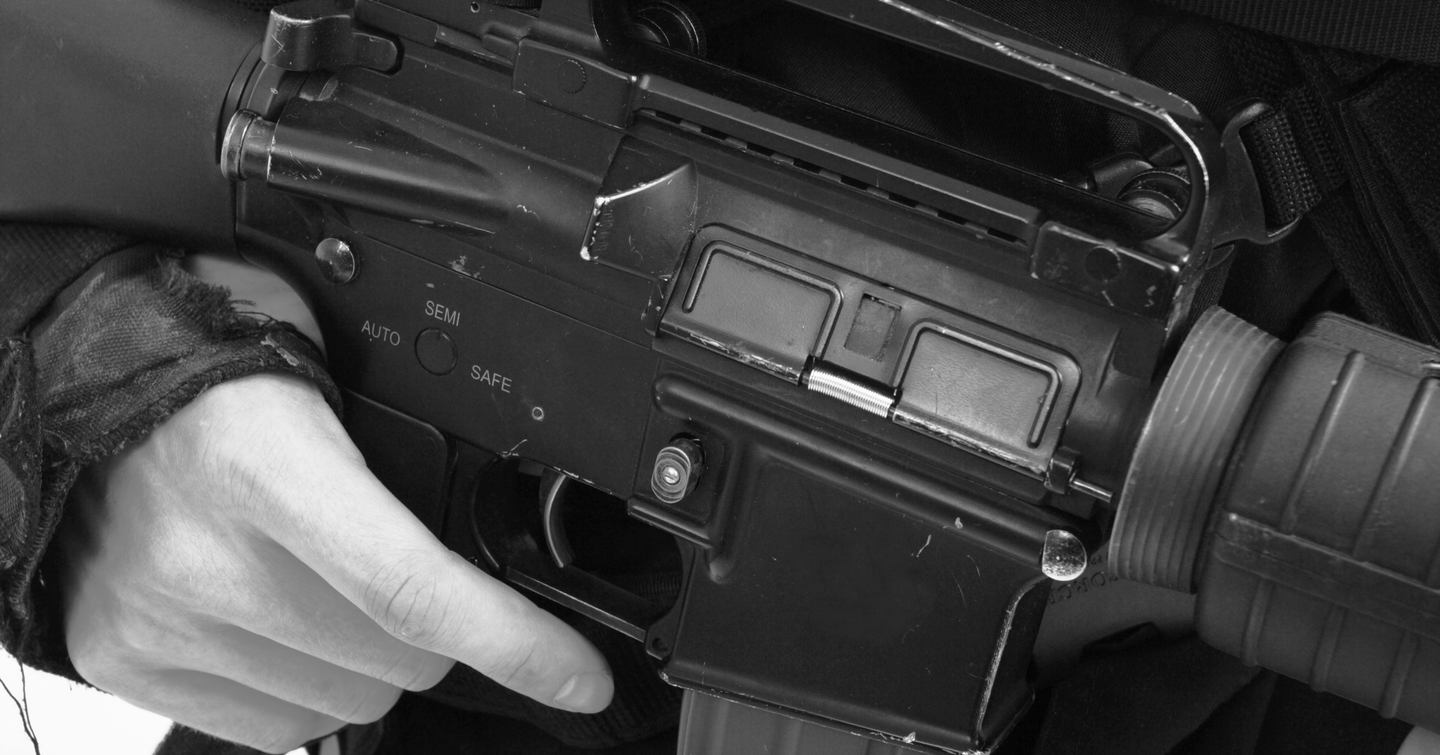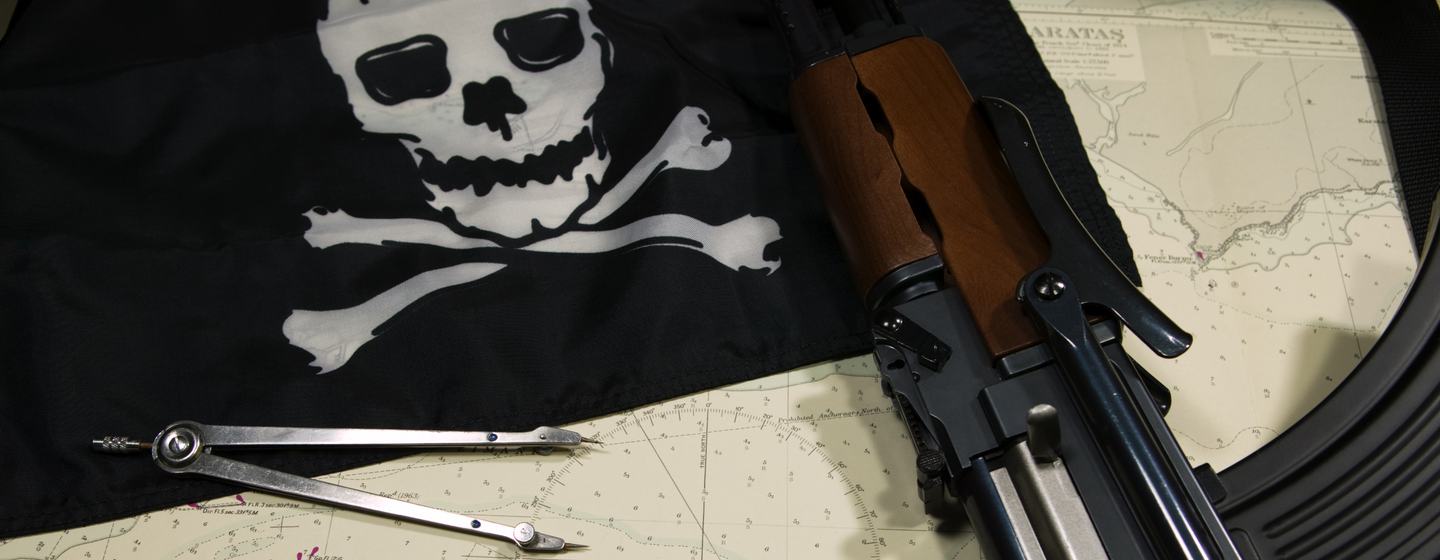Long gone are the romanticized views of pirates made popular through characters such as Jack Sparrow or Captain Hook. Today's pirates are ruthless and well-armed, often utilizing fast, high-performance boats. YachtBuyer delves into the challenges and considerations involved in yachting through regions known for piracy.
We take a look at the heightened security measures necessary to safeguard yachts and their occupants, while also discussing prevalent piracy hotspots like the Gulf of Aden and the Indian Ocean. You’ll also find information on the tactics employed by pirates, as well as the significance of crew training, security protocols, and route planning.
High-Risk Areas
While we hope that your yachting adventures are memorable for the right reasons, there are some areas of the globe where piracy is still a risk. Despite acts of piracy and armed robbery having dropped to their lowest level since 1995 (according to a report by the International Chamber of Commerce's International Maritime Bureau), if you’re planning to voyage through certain high-risk areas, it’s well worth investing in additional measures.

Before planning your voyage, it is important to acquaint yourself with the regions that are still considered to be at a high risk of piracy. According to the World Sailing International Regulations Commission, skippers should take note that the danger of piracy and consequent loss of life and property in the Gulf of Aden (GoA), Yemeni, and Somali waters (up to 750 miles offshore) is high, with yachts being strongly recommended to avoid the area. There are also reports showing that the greater use of firearms in recent months indicates an increase in aggression and risk to all mariners in the area.
Other high-risk areas include the South China Sea, the Straits of Malacca, and Singapore. Since 2005, the International Maritime Organization (IMO) has also placed a focus on the coast of Somalia, the GoA, and the wider Indian Ocean. The organization has also implemented new strategies with enhanced maritime security in West and Central Africa.
Spotting Potential Attacks
Knowing what to look out for is key, as in the unfortunate event of an attack, it will grant you valuable time to implement a range of security measures and protocols. Acts of piracy or armed robbery are often carried out by individuals masquerading as fishermen, or by teams travelling at high speeds in two or more open boats. It is also worth noting that individuals that commit acts of piracy are often armed, and attackers will approach from either quarter of the vessel before trying to board.

Be aware, however, that legitimate fishermen sometimes use similar tactics to chase fish, meaning it can be extremely difficult in some instances to differentiate between a genuine fisherman and a possible pirate.
Crew Training
If yachting in one of the previously mentioned areas, it is advisable for crew members to undergo training in security protocols specific to piracy threats. This includes identifying potential risks, understanding the aforementioned tactics employed by pirates, and implementing preventive measures to secure the vessel and its occupants.
Training should cover crisis management and response procedures in the event of a piracy incident, as the crew will need to be prepared to handle high-stress situations, implement emergency procedures, and effectively communicate with authorities, response teams, and those onboard. Crew members will also be given instruction on the proper usage of security equipment installed on the vessel, such as intrusion alarms, CCTV systems, communication devices, and other security features. A more comprehensive insight into yacht security systems can be found here.

Training will also be given on methods to fortify the vessel against unauthorized entry, including physical security measures such as securing access points, implementing barriers, and creating safe rooms for crew and passengers in the event of an attack.
It might also seem like an obvious thing to do, but planning routes that avoid piracy hotspots will greatly reduce risk. This includes staying updated on piracy advisories and making informed decisions regarding navigation. If you do, however, have to travel through one of these high-risk areas, try to choose a route that is patrolled by local security or naval forces, or at the very least, make sure you are within radio contact of help.
Safety Tips
- Divide money into separate places onboard.
- Maintain digital copies of vital documents like your passport on email accounts using inconspicuous names, ensuring they are accessible from any police station or anywhere with an internet connection in case the originals are stolen.
- Contemplate carrying only duplicates of necessary documents on the yacht.
- Think about acquiring two passports (common and legitimate for business travelers).
- Wear an inexpensive watch.
- Possess an older model phone.
- Retain only outdated credit cards in your wallet, and place in date cards elsewhere.
- Inform your emergency contact when entering high-risk areas so they can handle affairs if the worst occurs – they should be aware in advance of which authorities to contact.
Armed Security
While employing armed security to protect you and everyone onboard might seem like the best line of defense, the World Sailing International Regulations Commission states, “the carriage of arms is not advised,” as there is “a serious risk of escalation of the levels of violence.”

The IMO also says that it “does not take a position on the carriage of arms onboard ships.” The organization also states that “it is the responsibility of individual flag states and coastal states to determine if the use of Privately Contracted Armed Security Personnel (PCASP) is appropriate, legal and under what conditions. The Organization has issued guidance to flag, port, and coastal States; as well as to shipowners, ship operators, and shipmasters on the use of PCASP onboard ships in the High-Risk area of the Western Indian Ocean and the Gulf of Aden, in addition to guidance for private maritime security companies.”
If you need further information regarding this subject, then be sure to read the latest guidance provided by the IMO or World Sailing International Regulations Commission.
The World's Biggest Yachts
The world's largest yachts often employ trained military personnel to help address the threat of piracy. These highly skilled professionals are equipped to handle potential security breaches and protect the vessel from piracy, which can be a significant concern in certain regions. Their expertise includes advanced tactics and strategies for evading and responding to pirate attacks, ensuring the safety of the yacht and its occupants. By having military-trained personnel onboard, yacht owners enhance their vessel's security, providing some peace of mind while navigating through high-risk areas.
Summary
Yachting through regions known for piracy demands a proactive and vigilant approach to security. Understanding the targeted nature of yachts, the tactics of pirates, and the heightened risks in specific areas is crucial. Collaborative efforts among global organizations, security firms, and naval forces play a significant role in combatting piracy.
The responsibility for safety, however, primarily rests with yacht owners, operators, and crews. Implementing stringent security protocols, crew training, and informed route planning are imperative to mitigating risks and safeguarding yachts and their occupants. By adhering to these measures, mariners can navigate these potentially high-risk waters with increased safety and confidence.


